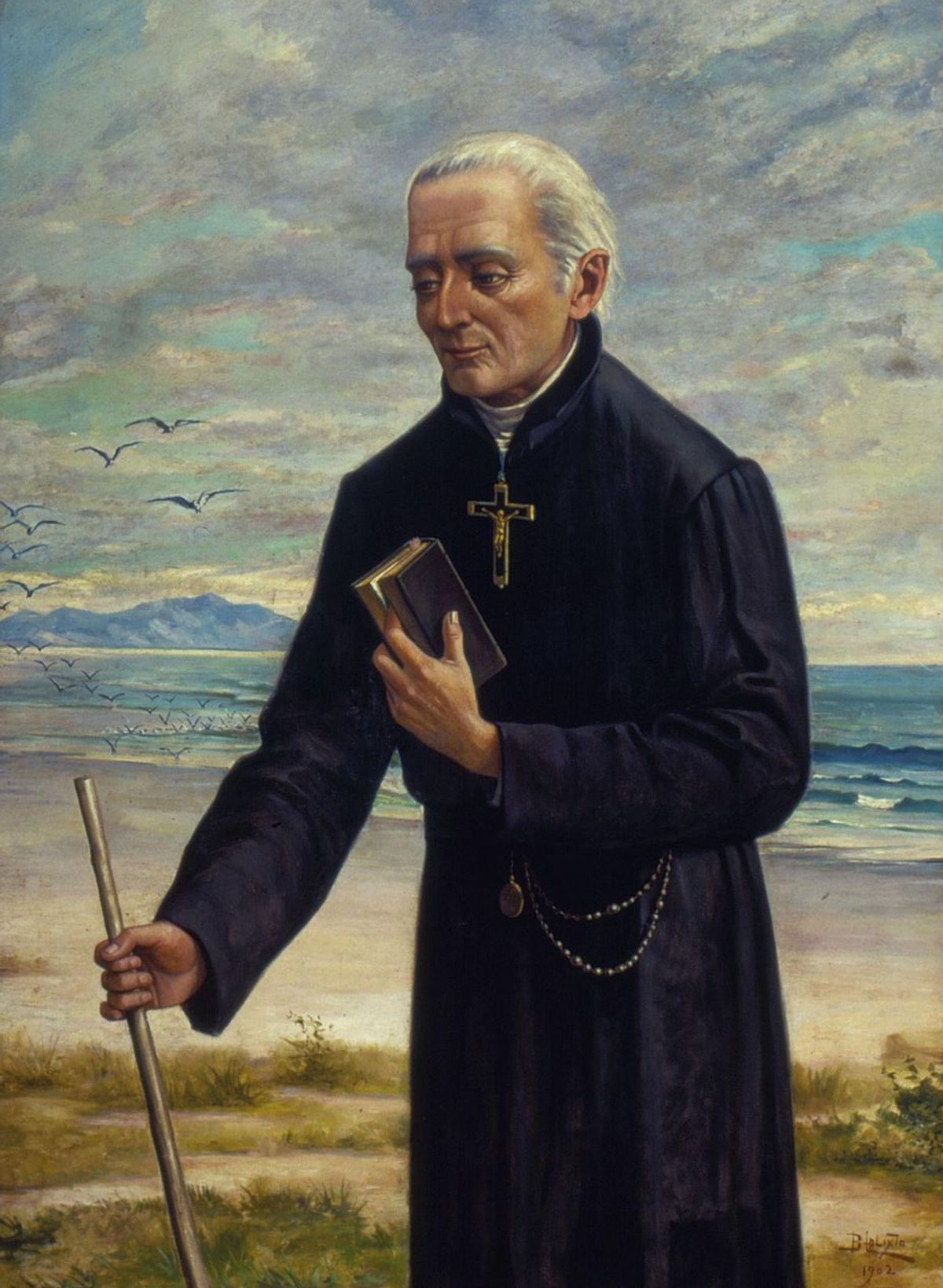Today, Santa Cruz de Tenerife celebrates the feast of San José de Anchieta at the Anaga Residential Center, where the only parish of the Diocese of Tenerife erected under his patronage is located.
The religious and popular events, taking place for the first time on the 427th anniversary of his death, will be held in Anaga Square, where the saint’s image will be taken and a holy mass will be celebrated at 1:00 p.m., officiated by the parish priest Manuel Joaquín Herba Meizoso.
The temple
The temple and parish complex were built on a 1,500 square meter plot of land at the Anaga Residential Center, designated for religious activities according to urban planning regulations, and acquired by the Diocese of Tenerife.
The construction, carried out according to the project and technical direction of the architect José Francisco Arnau Díaz-Llanos, was made possible through the neighbors’ commission, which raised the necessary funds for its construction, as well as through the sale of parking spaces in the building’s basement.

Father José de Anchieta. | | ED / José Manuel Ledesma Alonso
The laying of the first stone of the temple and parish complex of the blessed José de Anchieta took place on November 12, 2000, by the Bishop of the Diocese, Felipe Fernández García, with the attendance of numerous residents and diocesan and municipal authorities. Once the construction was completed, the temple was blessed by the aforementioned bishop on Sunday, December 21, 2003.
The parish would be renamed San José de Anchieta on April 3, 2014, the date on which he was canonized in Rome by Pope Francis.
Biography
José de Anchieta was born in San Cristóbal de La Laguna in 1534. At the age of 14, he was sent to study at the Royal College of Arts, University of Coimbra, in Portugal, excelling as a good student and great poet.
At the age of 18, he entered the Society of Jesus and two years later took scholastic vows, traveling to Brazil as a missionary to evangelize the indigenous peoples, arriving in the small settlement of Piratininga on December 24, 1553, where he founded a school and taught indigenous children, for whom he created a primer in the Tupí language.
In 1565, he was sent to São Vicente in Rio de Janeiro, where he assisted in the construction of a school and the city’s first hospital. That same year, he was ordained a priest.
José composed songs to be sung by the Indians in Christian ceremonies, becoming so famous that many tribes vied to welcome him; he baptized the Indians after converting them to Christianity; he learned the secrets of their medicine from the tribes’ shamans, and so on.
He also stood out as a poet, linguist, playwright, humanist, naturalist, and for defending the rights of the indigenous people against the treatment they received from the Portuguese colonizers.
As a poet and playwright, he wrote books of poetry in Latin, Portuguese, Spanish, and Tupí, as well as plays. As a linguist, he wrote the first grammar in the Tupí language, which was used in manuscript form until it was printed in Coimbra in 1595.
José de Anchieta passed away on June 9, 1597, in the village of Reritiba, present-day Anchieta. More than 3,000 Indians accompanied him along the 90 kilometers to the town of Espírito Santo (current Victoria City), where he is buried.
José de Anchieta was declared Venerable by Pope Clement XII on August 10, 1736. Beatified by Pope John Paul II on June 22, 1980, in a solemn ceremony held at St. Peter’s Basilica in Rome, and canonized by Pope Francis on April 3, 2014, for being a person venerated since ancient times and continually.













